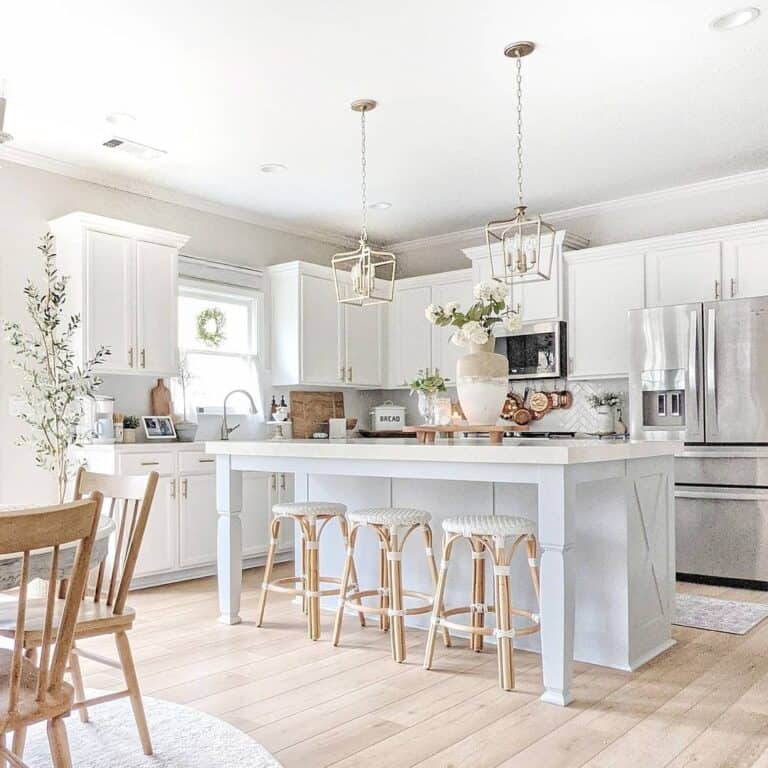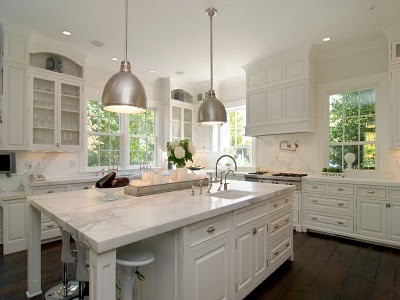Boost Your Space with Trendy Legs For Kitchen Island Designs
Wiki Article
A Guide to Selecting the Perfect Legs For Kitchen Area Island for Your Home
Selecting the optimal legs for your cooking area island is a nuanced decision that impacts both the performance and aesthetic allure of this main room. Factors such as height, materials, and style play an important duty in integrating your island with the overall kitchen design. Furthermore, comprehending the value of security and upkeep can significantly influence your choice. As you consider these aspects, it ends up being obvious that the ideal legs can change not only the appearance of your kitchen area yet additionally its functionality for several years to come. What specific features should you focus on in this option process?
Recognizing Kitchen Area Island Legs
When picking legs for a kitchen area island, it's important to recognize their practical and visual duties in the overall style. The legs offer as an important assistance system, guaranteeing security and durability for the island, which commonly functions as a work area, eating location, or gathering area. Consequently, the choice of material and building strategy must be durable adequate to hold up against day-to-day usage and potential wear.Along with their structural duties, legs add considerably to the island's visual charm. They can boost the cooking area's design, whether with typical, modern, or diverse layouts. The elevation and percentage of the legs are additionally critical considerations; they should balance with the island's counter top height while making sure comfortable seating for those utilizing the area.
Additionally, the leg style can influence the general flow of the kitchen area. Open, airy leg styles can create a feeling of agility, while strong, considerable legs may convey a more grounded and secure visual - Legs For Kitchen Island. Comprehending these practical and visual aspects will certainly assist house owners in making informed selections that complement their kitchen's layout and boost its functionality
Popular Styles and Materials
The choice of legs for a kitchen island includes a range of prominent styles and materials, each offering one-of-a-kind characteristics that can enhance both functionality and looks. Among the most popular styles are modern, rustic, and standard. Contemporary legs usually feature sleek, minimal designs that stress simplicity and tidy lines, making them optimal for modern cooking areas. Rustic styles, on the other hand, accept natural environments and typically showcase redeemed wood or distressed surfaces, including warmth and charm to the area. Conventional legs commonly exhibit elaborate details and workmanship, boosting timeless cooking area designs.
Elevation and Stability Considerations

Stability is one more essential factor to consider. The legs of the cooking area island need to offer sufficient assistance, making certain that the framework can withstand daily usage without changing or wobbling. Material selection plays a substantial duty in stability; steel legs, for circumstances, have a tendency to use higher toughness compared to wood. Furthermore, guaranteeing that the island is securely secured to the floor or wall surface can enhance security, particularly for larger islands that may birth substantial weight.
Matching Your Kitchen Area Aesthetic
Picking the best legs for your kitchen island goes past performance; it additionally plays a substantial function in the total aesthetic of the room (Legs For Kitchen Island). When picking legs, consider the layout style of your kitchen area.Legs that complement or comparison with your island's surface area and surrounding cabinets can develop visual consistency or striking focal factors. In addition, take into consideration the coating of the legs; matte, shiny, or textured surfaces can considerably influence the overall feeling of the cooking area.
Setup and Maintenance Tips
Installing kitchen island legs requires cautious attention to detail visit here to guarantee both security and aesthetic appeal. Utilize a stud finder to locate wall studs if you are connecting the legs to a wall surface or using brackets for added assistance.When securing the legs, use high-quality screws and, if essential, wood adhesive for extra toughness. For metal legs, guarantee that you are making use of ideal anchors and devices to avoid damage to your floor covering. It is a good idea to look for levelness after installment, making changes as required to prevent wobbling.
Upkeep is equally important for durability - Legs For Kitchen Island. Regularly examine the legs for any indicators of wear or helping to loosen, specifically in high-traffic locations. Tidy the legs with an ideal cleaner, staying clear of rough products that may damage the surface. For wood legs, think about applying a timber conditioner occasionally to keep their finish. By complying with these setup and upkeep pointers, you can guarantee that your kitchen area island legs continue to be both visually appealing and practical.
Conclusion
In final thought, selecting the suitable legs for a kitchen island requires mindful consideration of height, security, and visual compatibility. By selecting appropriate materials and designs that straighten with the general kitchen design, capability can be boosted while preserving visual appeal. Correct installation and recurring maintenance additionally add to the sturdiness and long life of the kitchen island. Eventually, thoughtful leg choice plays a critical function in boosting both the functionality and design of the cooking area area.When choosing legs for a kitchen island, it's important to recognize their aesthetic and useful duties in the total layout. Open, airy leg designs can produce a feeling of lightness, while solid, substantial legs might share a much more grounded and steady visual. The legs of the cooking area island must offer sufficient assistance, guaranteeing that the framework can withstand daily use Get the facts without tottering or moving.Installing cooking area island legs requires cautious interest to information to guarantee both security and visual appeal.In conclusion, selecting the proper legs for a kitchen area island necessitates mindful factor to consider of height, security, and visual compatibility.
Report this wiki page